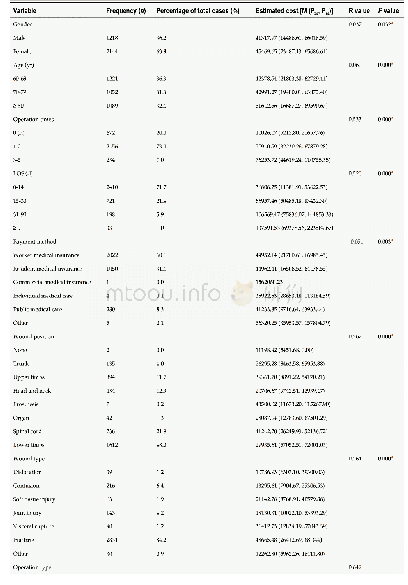《Table 3Quantitative analysis for H2‐TPR profiles of the fresh and K‐poisoning catalysts.》
 提示:宽带有限、当前游客访问压缩模式
提示:宽带有限、当前游客访问压缩模式
本系列图表出处文件名:随高清版一同展现
《"Ce~(4+),Zr~(4+)共掺杂提高V_2O_5-WO_3/TiO_2催化剂脱硝性能及抗K中毒能力(英文)"》
XPS measurements were performed to better understand the chemical state of vanadium on the surface of these V‐based catalysts,and the results are presented in Fig.7.According to literature,the binding energies of V5+,V4+,and V3+are in the ranges of 516.4–517.2,515.7–516.2,and 515.2–515.7 e V,re‐spectively[38,39].The ratio of V5+is 38.0%(Table 4)for the VWTCZ catalyst,which is higher than that of the VWT catalyst.When K is introduced,the V5+ratio of the catalysts decreases,especially in the VWT catalyst(decrease from 36.8%to 20.0%in Table 4).Topsoe et al.[40]reported that the decrease in V5+caused the deterioration in the redox properties of the catalyst.Therefore,the addition of K leads to decreased activity.How‐ever,the reduction in the VWTCZ catalyst is slight(decrease from 38.0%to 34.4%,as shown in Table 4),indicating that the co‐doping of Ce4+and Zr4+could effectively reduce the effect of K on the redox properties of the catalyst.This result is con‐sistent with the results of H2‐TPR.
| 图表编号 | XD0028864100 严禁用于非法目的 |
|---|---|
| 绘制时间 | 2019.01.01 |
| 作者 | 曹俊、姚小江、杨复沫、陈丽、傅敏、汤常金、董林 |
| 绘制单位 | 重庆工商大学环境与资源学院重庆市催化与环境新材料重点实验室、中国科学院重庆绿色智能技术研究院大气环境研究中心、中国科学院重庆绿色智能技术研究院大气环境研究中心、四川大学建筑与环境学院烟气脱硫国家工程研究中心、中国科学院重庆绿色智能技术研究院大气环境研究中心、重庆工商大学环境与资源学院重庆市催化与环境新材料重点实验室、南京大学现代分析中心江苏省机动车尾气控制重点实验室、南京大学现代分析中心江苏省机动车尾气控制重点实验室 |
| 更多格式 | 高清、无水印(增值服务) |
查看“Table 3Quantitative analysis for H2‐TPR profiles of the fresh and K‐poisoning catalysts.”的人还看了
-

- Table 9 The performance of parent material value extraction for the descriptive text of soil profiles with the condition
-

- Table 11 The performance of landform value extraction for the descriptive text of soil profiles with the conditional ran





